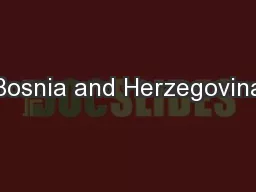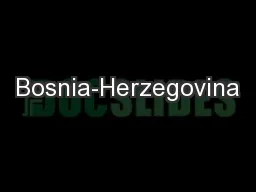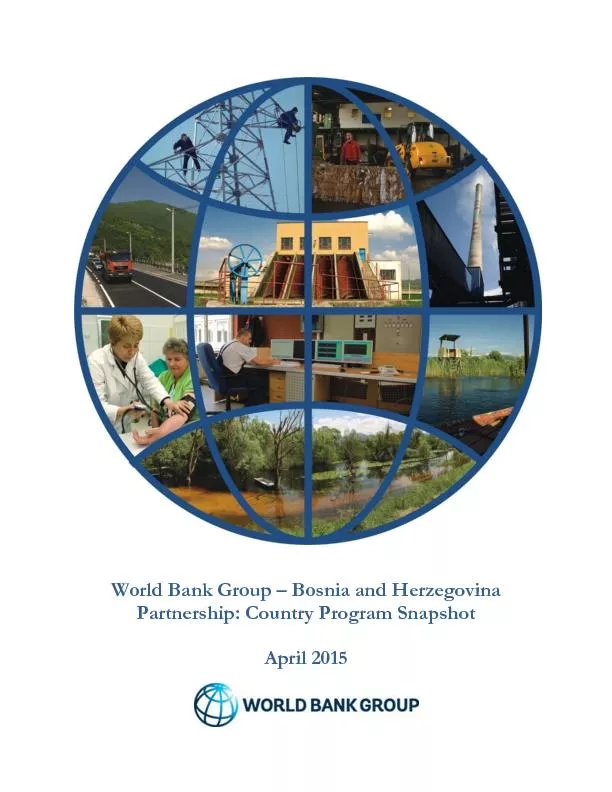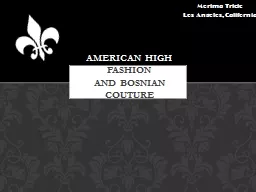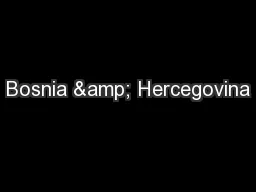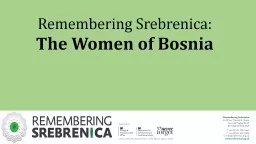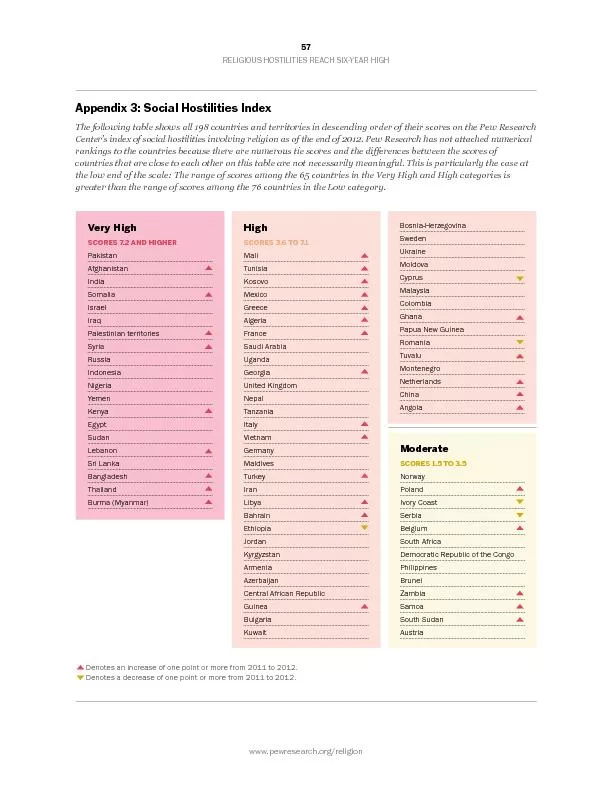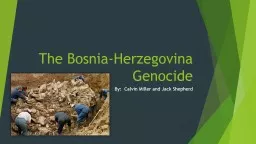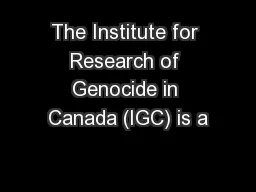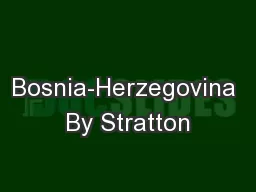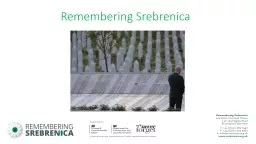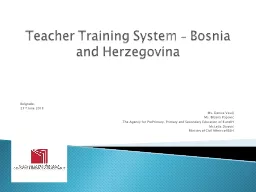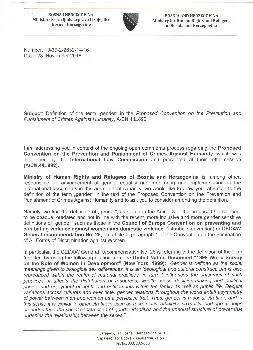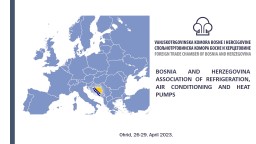PPT-Bosnia and Herzegovina
Author : mitsue-stanley | Published Date : 2017-03-24
Conflict Analysis Steering Board AmbassadorsBoard of Principles meeting Sarajevo 8 October 2013 1 Overview 1 Methodology 2 S tate of mind 3 Perception of
Presentation Embed Code
Download Presentation
Download Presentation The PPT/PDF document "Bosnia and Herzegovina" is the property of its rightful owner. Permission is granted to download and print the materials on this website for personal, non-commercial use only, and to display it on your personal computer provided you do not modify the materials and that you retain all copyright notices contained in the materials. By downloading content from our website, you accept the terms of this agreement.
Bosnia and Herzegovina: Transcript
Download Rules Of Document
"Bosnia and Herzegovina"The content belongs to its owner. You may download and print it for personal use, without modification, and keep all copyright notices. By downloading, you agree to these terms.
Related Documents

